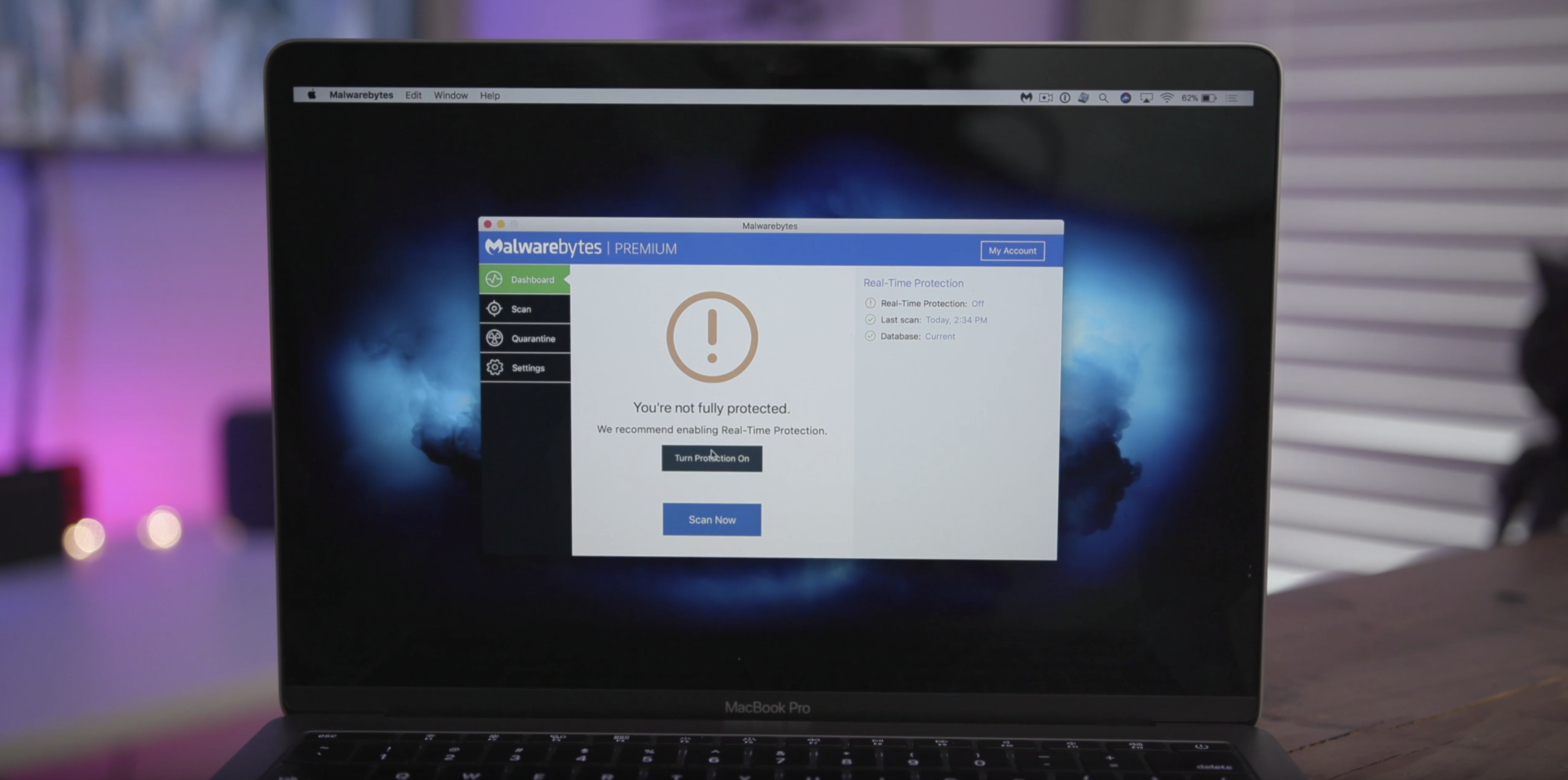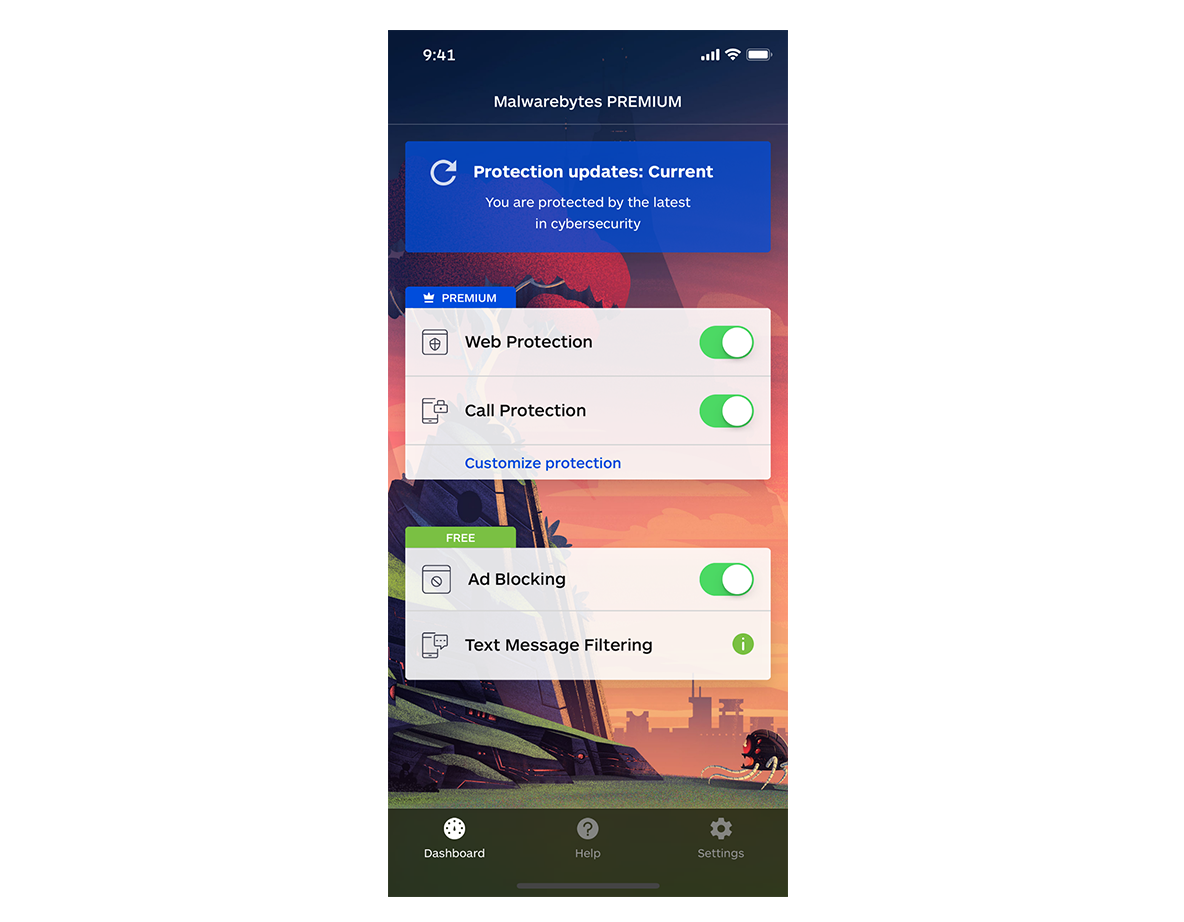

How LockBit 3.0 Ransomware can attack the SQL Servers? The creators then receive a share of the profits after the attack. It is believed that it is a sophisticated cybercrime group that provides Ransomware as a Service (RaaS) to other cybercriminals. If the victim does not pay the ransom, the attackers then threatened to delete the data or release it on the dark web.

The ransom is usually demanded in the form of cryptocurrencies, to be paid in anonymous accounts. The hackers then demand a ransom to decrypt the data. Once the LockBit is in the network, it encrypts all the files on the infected desktop or server. For example, users with an unsafe password or Windows without the latest updates. When the LockBit 3.0 is on the network, it looks for vulnerabilities in the operating system, the database, or the network itself. If the victims open the link or download the attachments, then the malware travels into the entire system or the company’s network and gets access to the server or network information. The hackers attack the victims using emails with malicious attachments and links.

After successfully using the second version, the attackers in 2022 released a more powerful version of the ransomware, known as LockBit 3.0 or LockBit Black. It became more prevalent with the release of LockBit 2.0 in 2021. LockBit ransomware first came to light in September 2019. LockBit 3.0 is a new version of the malware from the popular LockBit ransomware family. How to Repair SQL Server Database Files damaged by LockBit Ransomware?.How to Protect your System or Server from Ransomware Attacks?.How LockBit 3.0 Ransomware can attack the SQL Servers?.


 0 kommentar(er)
0 kommentar(er)
